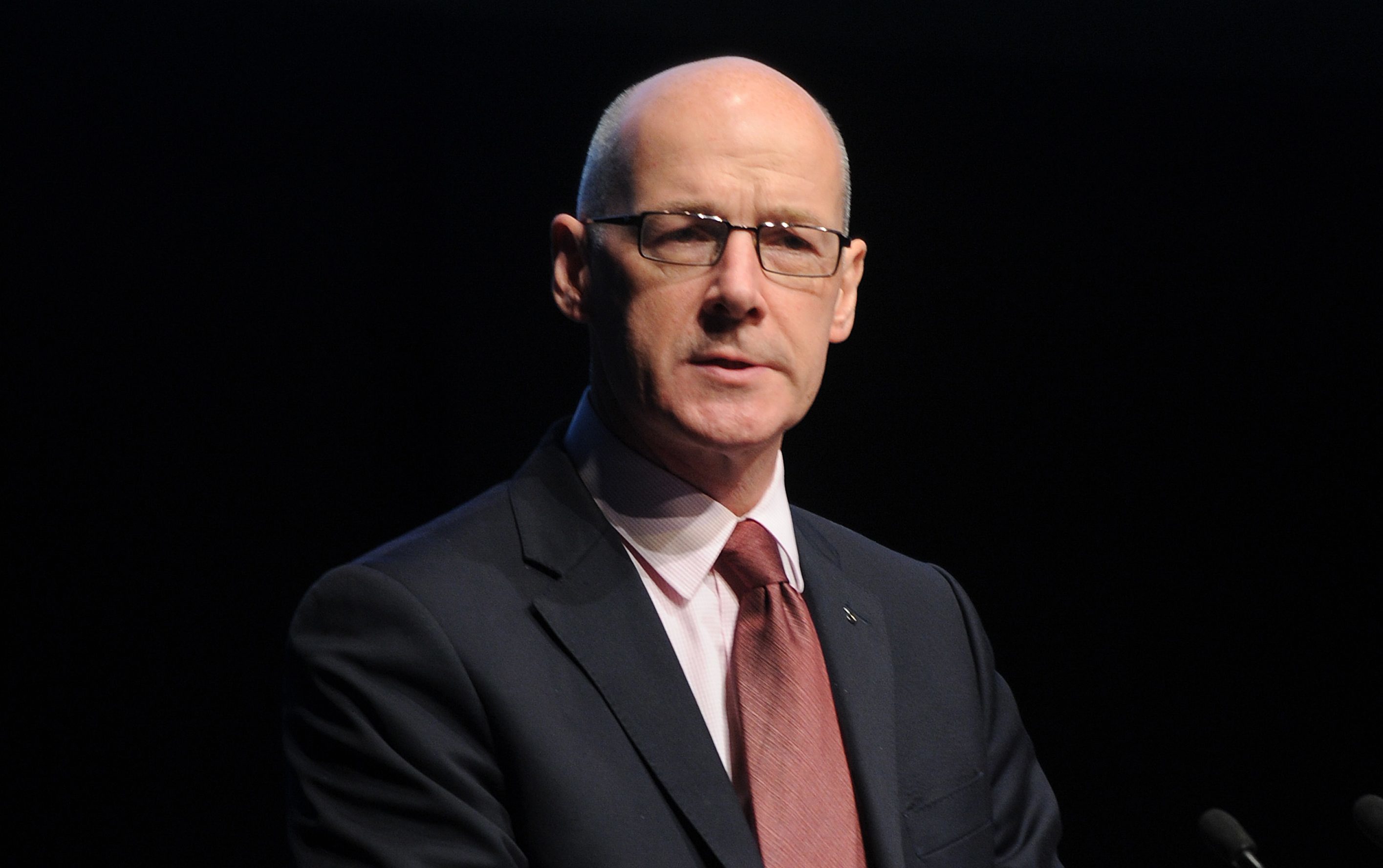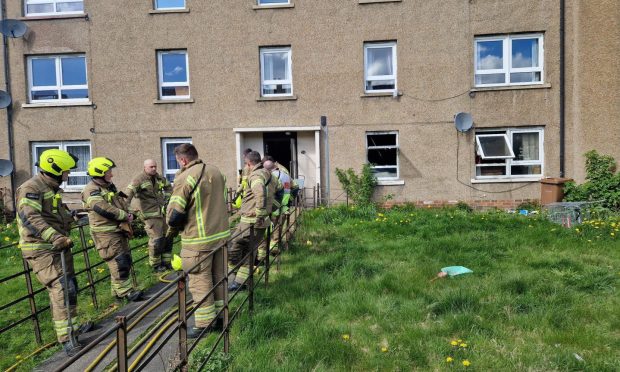John Swinney has strongly defended the Scottish Government’s plans for new national school tests and insisted they will not add to the burden on teachers – as he faced vocal opposition to the proposal at a union’s annual gathering.
The Deputy First Minister, newly in the role of Education Secretary, faced heckling from some delegates at the Educational Institute of Scotland’s (EIS) annual general meeting in Dundee as he set out what he said was a need for the standardised assessments.
He insisted the tests were “not about adding to the burden, creating league tables, or having a finger-pointing culture” but were for gathering data to find out how best to support young people.
And he told delegates the assessments would be short, age-appropriate and marked automatically – as he gave wider assurances on his “commitment” to cut teachers’ workload.
His speech, on his 24th day in the education role, came the day after the EIS, Scotland’s largest teaching union, backed a potential boycott of the testing plans.
They voted in favour of a motion resolving to ballot members in primary and secondary schools on a boycott of the administration and reporting of the test results if ministers impose an “unacceptable” system.
The new assessments are being brought in for youngsters in P1, P4, P7 and S3 under the National Improvement Framework (NIF), with SNP ministers arguing the data is vital in helping them close the attainment gap in schools.
Mr Swinney told the meeting at the Caird Hall that his “driving mission” is to raise standards and close the gap.
To applause, he said: “If you find that it is difficult to close that attainment gap because of the degree of congestion within the curriculum then that is an issue that I commit to you today I will address as part of my tenure as Education Secretary.”
He said the workload issue was a top priority and issued an invitation to members of the profession to set out to him what changes they believe would make a difference.
Mr Swinney said: “I will act on it because of one significant reason. I recognise – and this is what you can hold me to account for – that if we want to close the attainment gap in Scottish schools we have to liberate teachers to enable teachers to do that.”
He also told delegates: “We must have bold objectives in Scottish education, but we also must support those bold actions with practical steps.”
But he faced dissent from within the hall when he turned to the new standardised assessments.
As the minister set out “why we need standardised assessments” he was met with loud cries of “we don’t” from some delegates.
But he persisted: “We need them so that we can encourage and drive the process of educational attainment in Scotland because today we cannot judge effectively where to target interventions to support those that need that support to ensure they can fulfil their potential.”
He gave assurances that assessments will be short and that “your professional judgment will be key”.
And in a question-and-answer session, he told delegates: “I can hear that there’s a lot to be discussed … but we’re not always going to agree on everything.
“The standardised assessments are not going to be additional to, they are going to be replacements of, because most authorities in some shape or form are doing some form of assessment process.”
He said: “Standardised assessments for me are not about adding to the burden or about creating league tables or having a finger-pointing culture. They are about equipping us with the data to enable us to ensure that people are given the best chance in life to prosper.”
That response was met with more shouts from the hall.
EIS general secretary Larry Flanagan said afterwards: “Clearly, as the Cabinet Secretary himself noted, we will not agree on every issue.
“Delegates in the hall made clear their very real concerns over the Scottish Government’s plans for national standardised assessments within the National Improvement Framework, and Mr Swinney was left in no doubt that any return to a target-setting, league table approach to education would be fiercely resisted by teachers.
“However, his general comments on the need to tackle excessive workload and cut bureaucracy as a means to freeing up teacher time to support the raising attainment initiatives, were well received by teachers and lecturers within the hall.”










